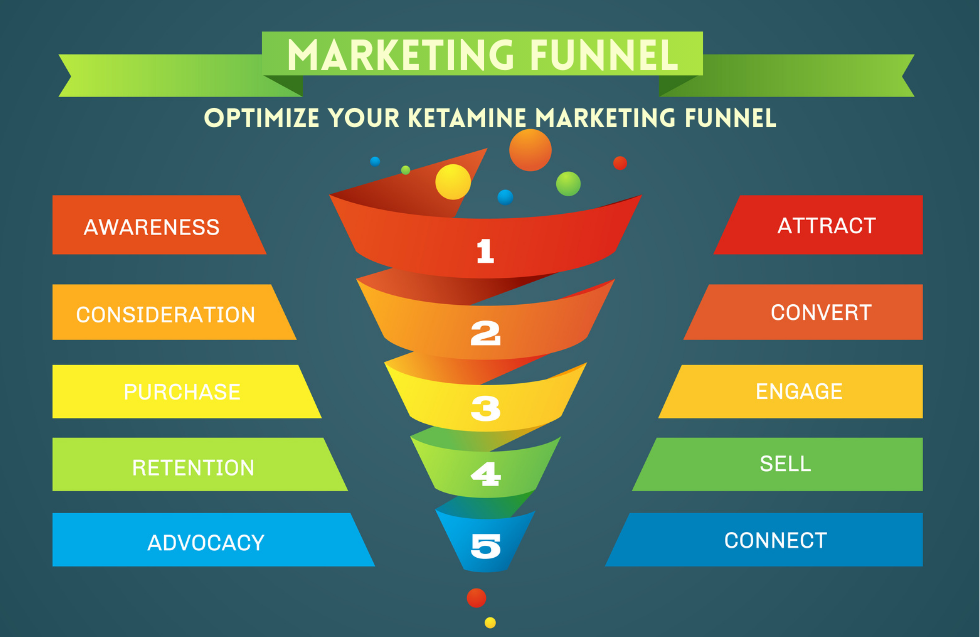Cloud mining has become an increasingly popular way for individuals to get involved in cryptocurrency mining without the need for expensive hardware or technical expertise. By renting mining power from remote data centers, investors can earn a portion of the mined cryptocurrency in exchange for a fee. While this can seem like an accessible and passive way to earn crypto, cloud mining contracts come with significant risks that can lead to financial loss.
In this in-depth blog post, we will explore the concept of cloud mining, break down the major risks associated with cloud mining contracts, and provide practical strategies to protect your investment. We will also highlight legitimate alternatives for earning passive income in the cryptocurrency space.
What Is Cloud Mining?
Cloud mining allows investors to participate in the process of cryptocurrency mining by leasing computing power from a third-party provider. The service provider owns and operates mining equipment in a remote location, and users purchase a share of the hash power. Based on the mining performance, users receive payouts in cryptocurrency.
Types of Cloud Mining:
- Hosted Mining: In hosted mining, the customer rents physical mining hardware hosted by the provider. The investor usually pays for setup and maintenance fees.
- Hash Power Leasing: Here, customers lease a certain amount of hashing power for a set period. The provider manages all equipment, and the investor receives a portion of the mining revenue.
Cloud mining appeals to those who lack the capital, space, or technical knowledge to manage their own mining rigs. However, its simplicity masks a range of potential risks.
Top Risks of Cloud Mining Contracts
1. Scams and Ponzi Schemes
The crypto space is rife with fraudulent schemes, and cloud mining is no exception. Many platforms lure investors with promises of high returns but ultimately turn out to be Ponzi schemes. In these cases, early investors are paid using the funds of new investors, and the scheme collapses once new funds stop coming in.
Red Flags to Watch:
- Unrealistic ROI promises (e.g., 10% monthly returns)
- Lack of company transparency
- No proof of actual mining operations
- Anonymous team or lack of verifiable management
Tip: Only invest in platforms with verifiable company credentials, transparent operations, and a public history of successful payouts.
2. Lack of Regulation and Legal Recourse
Most cloud mining companies operate in unregulated jurisdictions or without proper licenses. This means investors have limited legal recourse if the platform ceases operations or withholds payments.
Consequences of Unregulated Platforms:
- Difficulty in recovering lost funds
- No consumer protection
- Increased likelihood of scams
Tip: Prioritize cloud mining providers that are incorporated in countries with clear legal frameworks and financial oversight.
3. Hidden Fees and Unclear Terms
Many cloud mining contracts include maintenance and electricity fees that are not clearly disclosed upfront. These fees can consume a large portion of your mining profits, or worse, lead to negative ROI.
Common Hidden Costs:
- Daily or monthly maintenance fees
- Energy surcharges based on local rates
- Hardware replacement fees
Tip: Read the fine print and request a detailed breakdown of all fees before signing any contract.
4. Volatile Cryptocurrency Prices
Mining profitability is closely tied to the market value of cryptocurrencies. A significant price drop can make mining operations unprofitable, especially if you’re locked into a fixed-term contract.
Example:
If you’re mining Bitcoin and the price drops from $50,000 to $20,000, your earnings could plummet, turning what seemed like a profitable contract into a loss.
Tip: Opt for short-term or flexible contracts to reduce exposure to long-term market volatility.
5. Hardware Obsolescence
Cryptocurrency mining hardware becomes outdated quickly as new, more efficient equipment is released. If your cloud mining provider uses older hardware, your mining efficiency—and thus profitability—will decline.
Risks:
- Outdated ASICs produce less hash rate
- Higher electricity consumption for older equipment
Tip: Choose providers that use up-to-date mining hardware and regularly upgrade their facilities.
6. Limited Transparency and Accountability
A trustworthy cloud mining service should provide transparent dashboards, real-time statistics, and proof-of-mining. Many providers, however, offer little to no transparency.
Signs of Poor Transparency:
- No live mining dashboard
- Lack of mining pool details
- Vague information about hash rate distribution
Tip: Demand access to real-time mining performance reports and proof-of-hash rate contribution.
7. No Control Over Operations
When you sign a cloud mining contract, you relinquish control over the mining process. You depend entirely on the provider’s honesty and operational efficiency.
Consequences:
- Downtime without compensation
- Poor maintenance affecting performance
- Unreported changes to operations
Tip: Work only with providers that have a proven uptime track record and performance guarantees.
How to Protect Your Cloud Mining Investment
1. Conduct Thorough Research
Look beyond flashy websites and social media ads. Investigate company history, user reviews, regulatory filings, and media coverage. Forums like BitcoinTalk and Reddit can offer valuable insights from actual users.
2. Verify Operational Transparency
Check for:
- Real-time dashboards
- Public mining pool affiliations
- Hash rate reports
- Photographs or video feeds of mining farms
3. Test With a Small Investment First
Before committing a large sum, test the platform with a small investment. Track payouts and performance metrics to verify legitimacy.
4. Use Reputable Payment Methods
Avoid sending crypto directly to a wallet unless you’re confident in the platform. Look for providers that accept reputable payment gateways or offer escrow services.
5. Understand ROI Expectations
Calculate realistic return on investment (ROI) based on:
- Crypto price projections
- Hash rate
- Maintenance costs
Avoid platforms that guarantee fixed returns—mining income is inherently variable.
6. Diversify Your Investments
Don’t put all your money into one platform or asset class. Consider spreading your investments across multiple cloud mining providers or different crypto income strategies.
Legitimate Alternatives to Cloud Mining
If cloud mining feels too risky, there are several safer alternatives for earning crypto passively:
1. Staking Cryptocurrencies
By locking up your crypto in a staking pool, you help maintain a blockchain network and earn staking rewards.
2. Running a Validator Node
For advanced users, running a validator on Proof-of-Stake networks (like Ethereum 2.0 or Cosmos) can offer consistent returns.
3. Yield Farming and Liquidity Provision
Participate in DeFi (Decentralized Finance) platforms to earn yields by providing liquidity.
4. Crypto Savings Accounts
Platforms like BlockFi, Nexo, and Celsius (note: do due diligence) offer interest-bearing accounts for storing your crypto.
5. Mining at Home
If you’re technically inclined, you can set up a small mining rig at home using GPUs or ASICs. This requires an upfront investment but gives you full control.
Conclusion: Is Cloud Mining Worth It?
Cloud mining offers a low-barrier entry into cryptocurrency mining, but it’s far from risk-free. Between scams, unclear terms, and volatile market conditions, cloud mining contracts can lead to unexpected losses. However, with careful planning, due diligence, and a skeptical mindset, it is possible to reduce risks and make more informed investment choices.
Before diving into any cloud mining opportunity, remember the golden rule of crypto investing: Never invest more than you can afford to lose.













